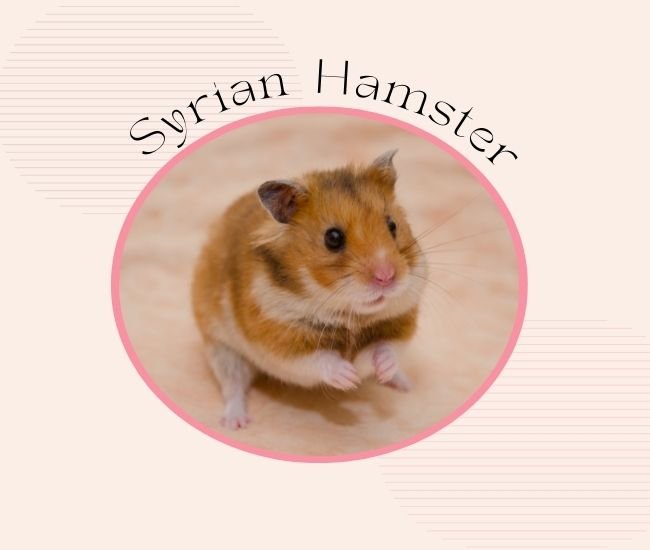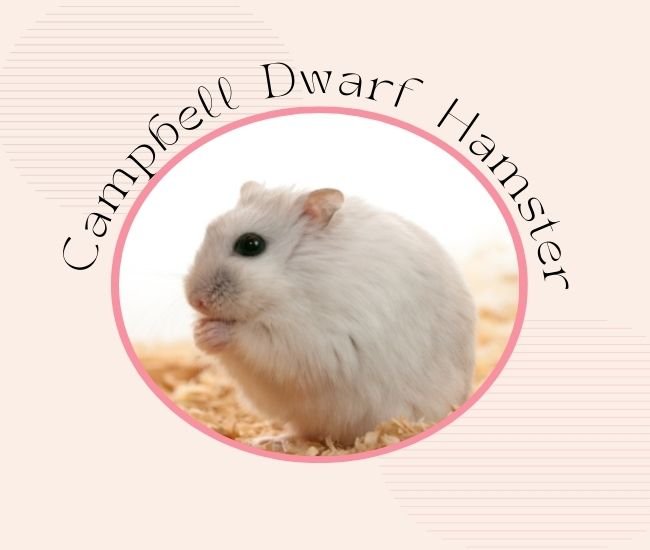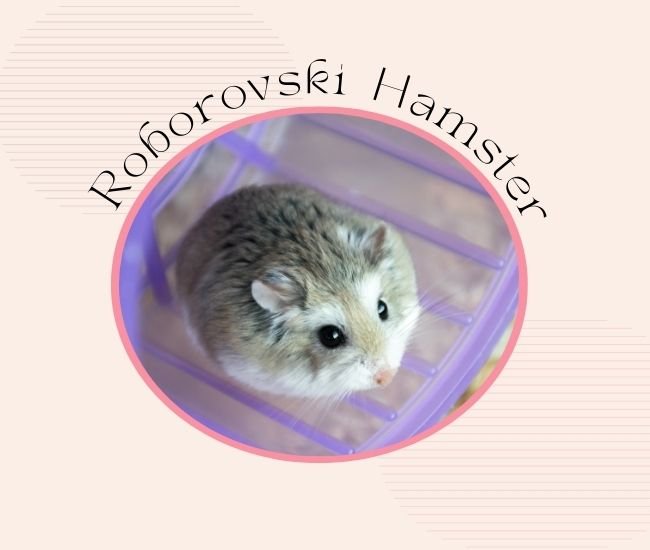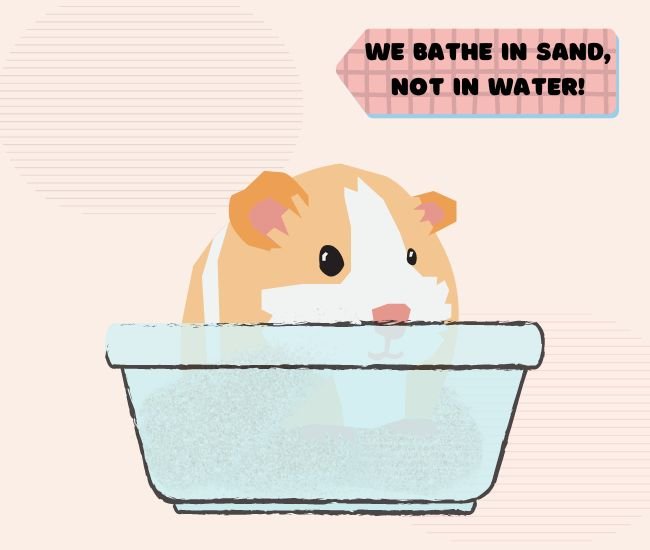“If it fits, I sits.” – Basic Hamster Keeping Guidelines.

A house is never lonely where a loving pet waits. If you’re interested in getting a fur baby smaller than dogs and cats, you might as well consider hamster keeping. However, though hamsters are tiny in size, it doesn’t mean they are low-maintenance pets. Basic research about hamster types, needs, and behaviors is necessary. You must have enough finances as well to provide all their necessities.
Different Hamster Species
Hamsters have five species. Each of them differs in looks, size, behavior, needs, etc.
Syrian Hamster
This hamster is the easiest to hold and tame, making it a recommendation for beginners. However, they are solitary, so they cannot be in a cage with another hamster.

Chinese Hamster
The rarest among the five, Chinese hamsters have longer body lengths and tails. They are solitary like Syrians. They can be challenging to handle and tame, but they are hyper like Roborovskis.
Campbell Dwarf Hamster
Though territorial, this hamster can live together with the same specie of the same gender. Campbells must be separated, however, when they wrestle. They also come second to Syrians in terms of taming difficulty.

Winter White Hamster
It goes the same for the Campbell hamsters, who are defensive of their territory. Fun fact about these Winter whites, their coat color changes into white when it’s cold. Its this hamster’s defensive strategy to camouflage in their surroundings.
Roborovski Dwarf Hamster
Roborovski hamsters are the small but terrible species in the group. They are the fastest and most active ones; however, they are not for beginners. It takes time for them to acclimate to their habitat and be close to their owner. Though they can go well with other roborovskis, they may still fight under some circumstances.

Basic Hamster Needs
Enclosures and Accessories
The minimum size of their enclosure for Syrians is 420 square inches (2700 sqcm). While for Dwarfs, 360 square inches (2400 sqcm). However, providing a larger one is better as it could bring a happier life to your hamster and cause them less stress.
Your enclosure would contain their bedding, accessories, enrichment, food and water, hides, sand baths, etc.

Wheels are a must for all types of hamsters. Bigger wheels are required for Syrians, while Dwarfs can fit in an 8-inch wheel. Cooling pads/plates, ceramic hides, or sand are needed too to prevent heat stroke. Since we are tropical, good cage ventilation is a priority.
You can add tunnels into the enclosure leading to hides to keep them stimulated and active. Hamsters, by the way, are prey animals. So, a couple of houses may help them feel safe. You can purchase ceramic ones and multi-chamber hides from different pet stores.
Safe Beddings for Hammies
Paper-based beddings, aspen wood, and birch wood are all ideal options for your hamster bedding. They are not dusty, absorbent, unscented, soft, and could be a place for hammies to burrow. Sharp or softwood like palochina and pine are not recommended, including cotton and scented beddings.

You must be able to provide deep bedding reaching up to 6 inches because hamsters are natural burrowers. They do this to feel safe from predators, store their food, and keep themselves warm during cold months.
Hamsters love eating. What to feed them?
They mainly eat nuts, grains, seeds, fruits, vegetable, and insects. Mixing them up is up to you, but here is a list of foods you can feed your hammies. If you have the budget, try Higgins Sunburst, Vitakraft Menu, and Smartheart Lab Blocks. Jolly Fullvit or Sundog Complete Dinner makes more affordable options. Also, mixing Hagibis/Doblado, African Mix, and Oats will do if you’re on a tight budget.
You can also add herbs to their food mix for the hamster’s enrichment. Such as malunggay leaves, basil, oregano, parsley, rose petals, wheat, thyme, etc.
Hamsters bathe in sand, not water.

Sand baths help the hamster to manage its natural oils and cleanse itself. Recommended types of sand are the ones that are unscented, not too dusty, or rough. Sands that are calcium-based and have added calcium aren’t advisable. Sands can also be recycled in a proper process to lessen your expenses.
Typically, hamsters have a lifespan of 1.5 years to 2.5 years. With that short life span, we must ensure that we give them the best care possible. And make the most out of the years they stay with us. Like other pets, they need lots of attention and care. Sufficient finances, primary research, and a safe and healthy home environment are the first things you must consider before having one.
Also, let’s adopt and don’t shop as much as possible. Many groups on social media foster these babies, and I’m sure you can find one that would capture your heart.
Aside from writing, she loves sports and has been a varsity student for eight years. But as a kid, she dreamt of being a chef one day. That is why she, too, has fallen in love with the art of cooking. That's Lorwillyn, mostly known as "Joy" in their household, and she may not have the most joyous face you'd ever see when you happen to bump into her. Worry not 'cos she isn't mad nor vexed. She's probably just thinking about what update in the story she should write next.





